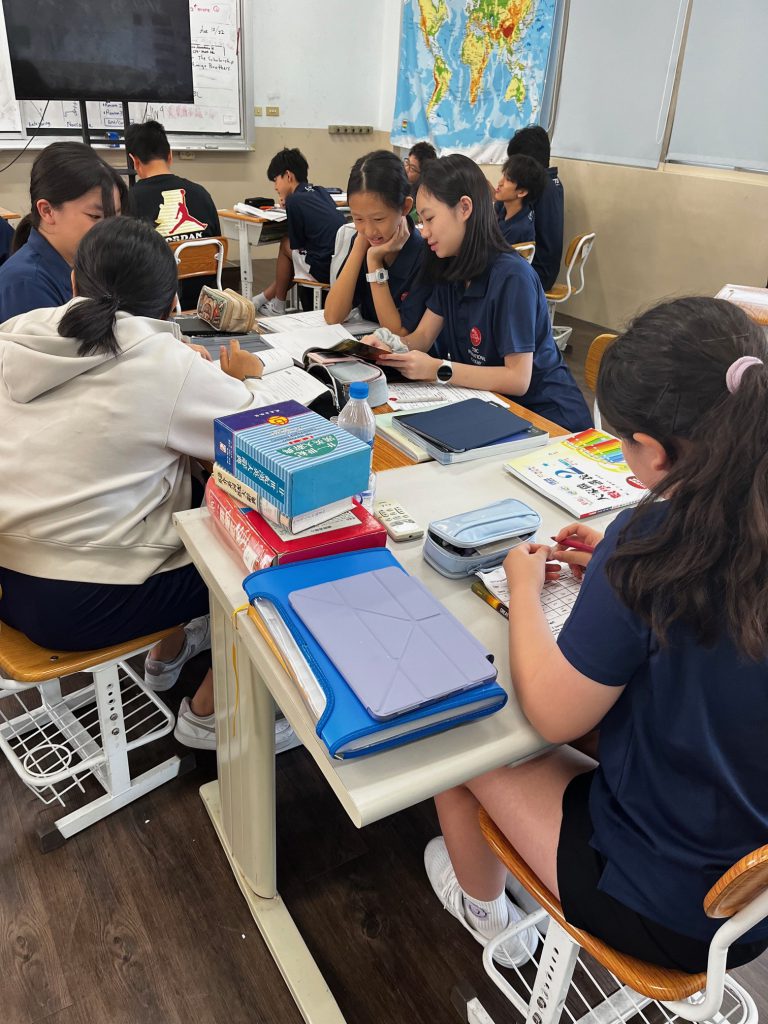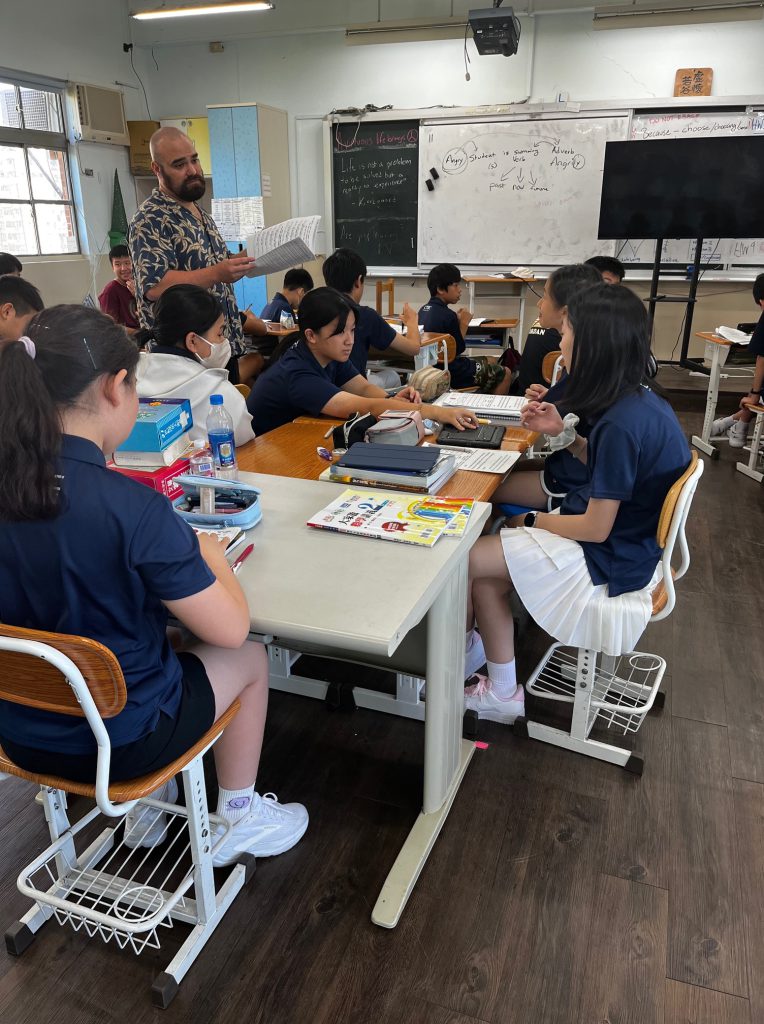The most remarkable thing about education is that, despite all the advancements of the 21st century—smartboards, digital devices, and the vast power of the internet—true learning still comes down to the most basic elements: a teacher, students, paper, and pencils. It is within the walls of a classroom that genuine learning occurs and where children grow—literally, socially, and intellectually.
A teacher introduces an idea, scaffolding it so students can meaningfully engage with it. What is truly extraordinary is the countless ways students interact with that idea. Through discussion, reflection, and shared experience, they come to see the world differently. They leave the classroom with a new perspective—hopefully, a more informed and empathetic one.
In its essence, teaching remains the same as it has been for thousands of years. The role of the teacher is to present ideas thoughtfully, guide exploration, and gently steer the learning process toward deeper understanding. Watching students move through that process is profoundly rewarding.
Sometimes the results are immediate—when a student suddenly sees the world in a new way. Other times, the impact takes years to unfold. Perhaps decades later, something clicks, and a lesson finally resonates, changing the course of that student’s life. And maybe, just maybe, by sharing our own hard-earned lessons, we shorten their learning curve—from what took us twenty years to understand down to a single weekend of realization.


